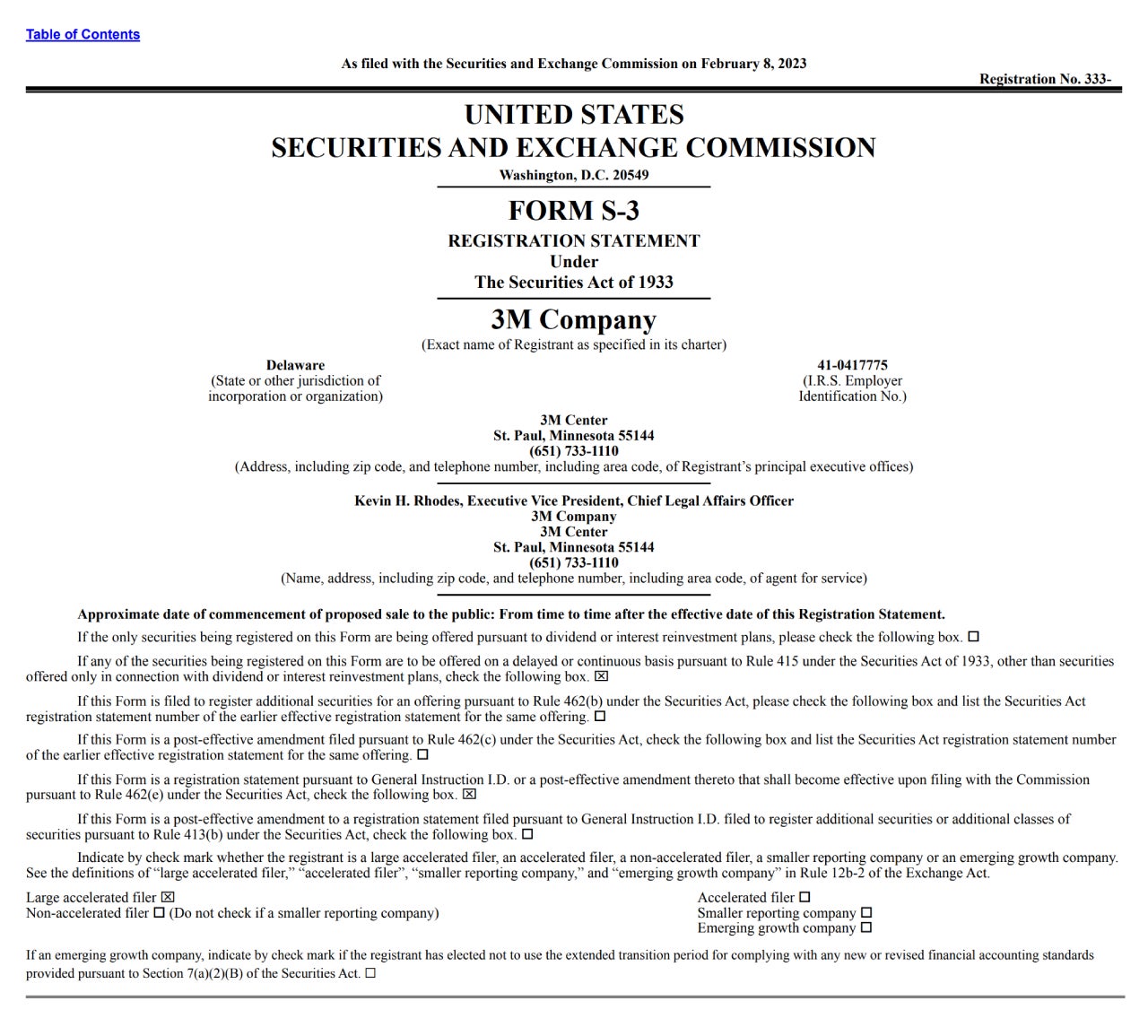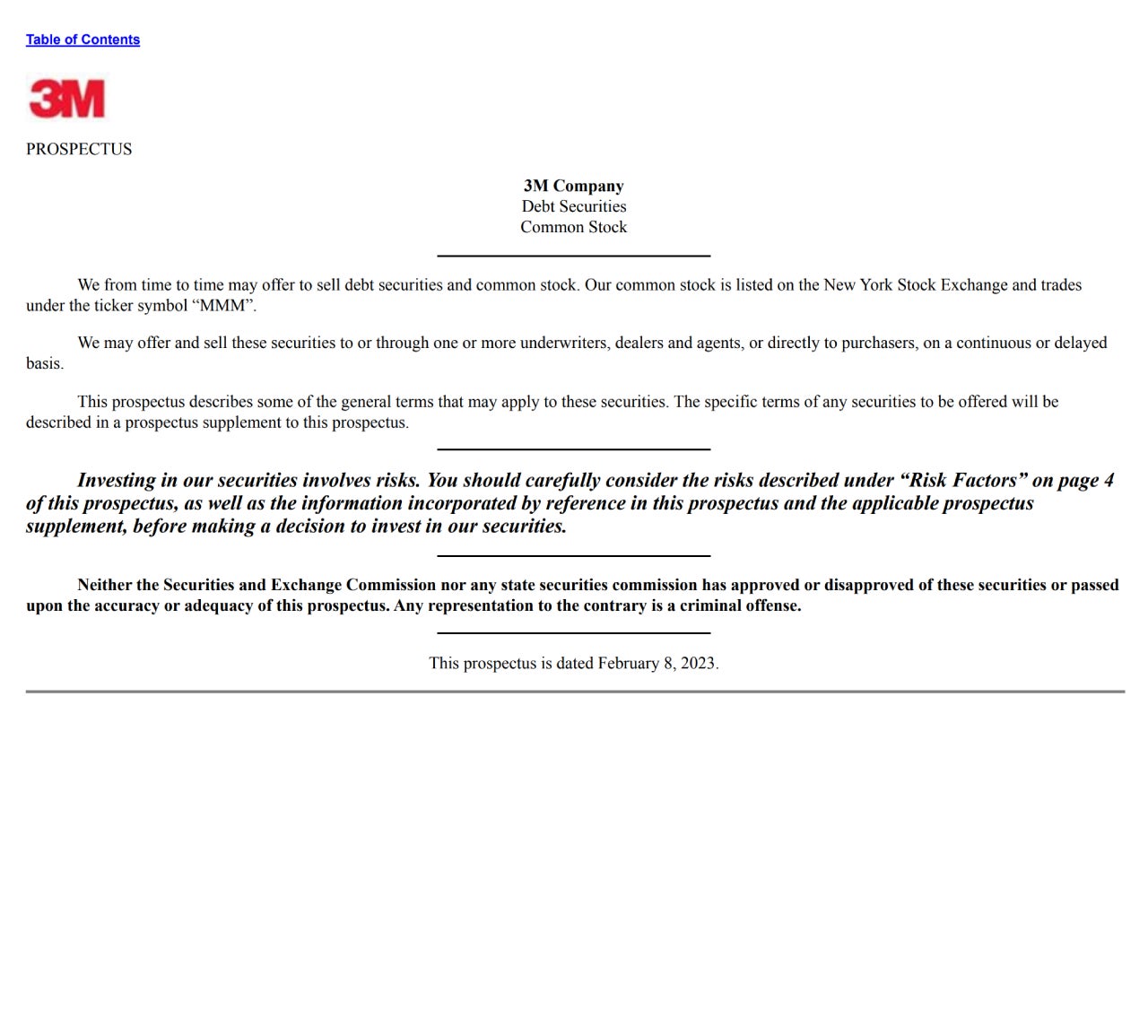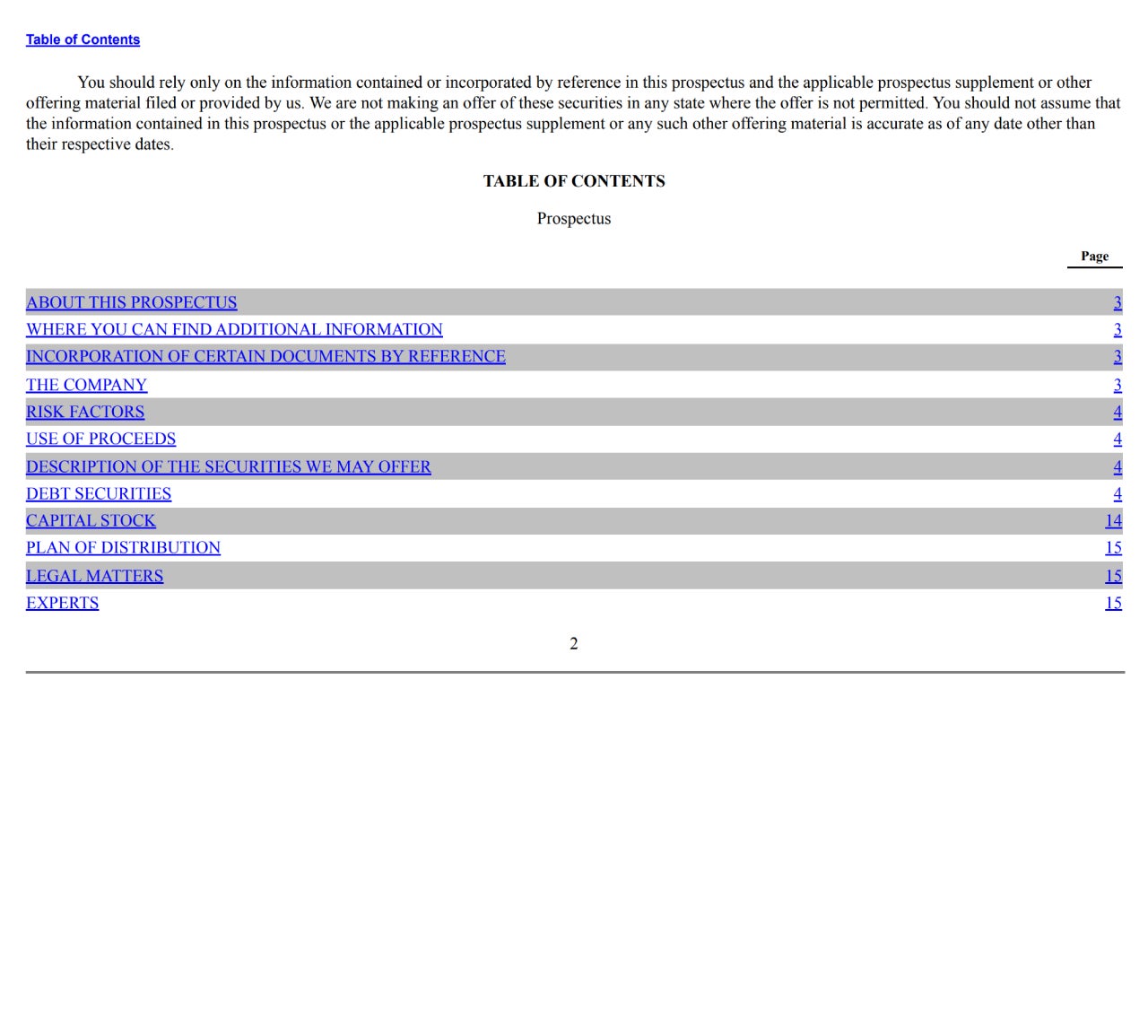What is a prospectus?

The Bankrate promise
At Bankrate we strive to help you make smarter financial decisions. While we adhere to strict , this post may contain references to products from our partners. Here's an explanation for .
A prospectus is a legal document required by the U.S. Securities and Exchange Commission (SEC) for companies that offer securities for sale to the public. Its purpose is to provide potential investors with information including the company’s financial health, the risks associated with investing in its securities, and associated fees and expenses. Mutual funds, exchange-traded funds (ETFs), public offerings and other common investments have prospectuses that you can look over before investing.
Here’s more about the purpose of a prospectus, how to find one and what key information to look for when reading this type of document.
What is the purpose of a prospectus?
The primary purpose of a prospectus is to provide potential investors with the information they need to make informed investment decisions, including the potential risks involved with the investment.
By law, companies that offer securities for sale must provide potential investors with a prospectus. The document must be filed with the SEC and is subject to strict regulatory requirements. Current shareholders must also be provided with a copy of the prospectus including summary prospectuses that are issued after any updates or changes to the fund’s managers or other key business areas.
What does a prospectus include?
The SEC has guidelines for what must be included in a prospectus in order to help investors compare different investments more easily. A prospectus for shares in a fund company (think mutual funds or ETFs, for instance) will generally have at least the following information:
- Investment objectives/goals
- Fee table and expenses
- Investment strategies
- Investments, risks and performance
- Management information, including investment advisors and portfolio managers
- How to buy and sell fund shares
- Tax information
- Financial intermediary compensation
Prospectuses may differ depending on the nature of the investment offering. For example, an initial public offering for a company’s stock will be different from an established mutual fund prospectus. The IPO prospectus typically won’t have a reporting history since it’s a new offering, and will also include a “use of proceeds” section that covers how the company will use the money raised in the offering.
For stock in a company, a prospectus and/or prospectus supplement will typically contain some or all of the following:
- Summary of consolidated financial data
- Ratio of earnings to fixed charges
- Risk factors
- Use of proceeds
- Description and price range of common stock or securities
- Plan of distribution, dividend policy, capitalization and dilution
- Underwriting information
- Legal information
Summary prospectus vs statutory prospectus
A summary prospectus is a disclosure document that includes key information from the beginning of a complete prospectus and recent updates but doesn’t include all the sections and details of a statutory prospectus. As the name suggests, summary prospectuses are typically abbreviated versions of statutory prospectuses.
Example of a prospectus



How to find a prospectus
For many investments, you can find prospectuses on the issuing company’s website. Vanguard, for example, lists its ETF prospectuses on one page. You can also find them under “fund literature,” which also typically includes shareholder reports and statements of additional information. Fidelity and other large companies also have dedicated pages that host all relevant fund literature.
In addition to company websites, the government has EDGAR, a database where you can access the filings all public companies make with the SEC, including prospectuses. This is where you’ll find information for regular companies that offer common stock. The database can be a little tricky to use, but this EDGAR guide can help you navigate the search function. It also has a glossary of the different form types you’ll find in the database.
And if you’re already a shareholder of a fund, you should receive a prospectus from the investment company and other financial documents on a periodic basis, as required by the SEC.
Where to find important information on a prospectus
When reviewing a prospectus, you’ll want to read through the risks associated with the investment, the company’s financials and management team, along with fees and expenses. The investment objectives and strategies are also important to review to see if they align with what you want and your risk tolerance.
Most prospectuses have a table of contents and are in PDF form, which means you can easily search for keywords using the (control + F) search function.
Bottom line
A prospectus is an important legal document that provides potential investors with information about a company’s investment offering. Investors should review prospectuses carefully to understand the risks associated with an investment and verify whether the company’s objectives align with their own. If you still have questions or concerns about a particular investment opportunity after reading a prospectus, consult a financial advisor for further guidance.
Related Articles



